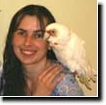Scaly Mites can attack all birds and of all ages. The scales of the birds may simply become dry and flaky due to age alone, so one must be able to differentiate between the two, but with normal care and attention, one may keep both, dry and flaky, older birds feet and Scaly Mites away. Scaly leg mites generally spread slowly by means of travel-ing from bird to bird, and will move from cage to cage and perch to perch. First line of defense is attention to clean-liness and perch/cage attention. Cleaning or changing perches is the best means of attention, cleaning, soaking, scrub-bing are all ways of attention giving. Usually simply cleaning, “WELL” not just a simple wipe, utilizing bleach, or prod-uct designed for this works. Some people will soak perches in a 50/50 bleach solution, which is very affective, but remember wood has pours, if these are the type of perches you use. This means, when soaking the perch the solu-tion will force the pours of the wood to expand and open. This leads to a rough surface you will feel, when running your hands down the perch. Best method would be to, soak the perch, let it dry in the sun, then knock off the raised fibers with some sand paper, until you feel a smooth feel. Damage can be avoided to the birds feet by practicing this method. It only takes one raised spot, which may become a splinter to cause damage to the birds foot.
Scaly leg mites burrow deep under the leg scales, and their live their entire lives under the skin, which at that point makes it hard to eradicate. Some people treat with Ivermectin, but there has been recent research showing mites can became immune to Ivermectin. The use of Ivermectin does indeed work, but I must warn, for those who have used it, there can be extreme differences in outcome. Most products recommend one drop between the shoul-ders or under a wing. Well your one drop and mine may be two very different things. Many a bird has died form it, but the truth is many have been cured as well. The other treatment is ti physically address the situation or mites by dipping the affected legs in vegetable oil, linseed oil, or VetRX or similar products. This must be repeated every cou-ple of days for a serious infection or infestation. Another practice followed is to liberally smooth Vaseline, (Petroleum Jelly), over the entire area. Due not gob it on, it must be a good coating but not overdone, to protect the feathers and underside of the bird from feather damage due to the excess jelly. Again, repeat this application, but this type of approach can be done, say every 3 or 4 days, since the Vaseline will last longer than the oil. Continue the process until the scales loosen and pop off, until you can see the legs are free of mites and appear clean and smooth. Do not force a scale that is not ready, this can cause damage and bleeding, and during this procedure you do not want blood. It must be said, if there is no sign of mites, the application of Vaseline, as a general practice is a very good one to follow. Some people do use Neosporin or the like for this, as a practice to simply protect the feet and legs, from any infections and as an aid to clean, but rotating between the two usually keeps all things at bay. This is a personal choice and everyone finds their own way, which works for them.
Again, we are addressing these three aspects here, but as stated before there are many other aspects outside of these three. The practice of keeping feet clean and addressing the nails obviously should be a practice watched and followed. Clean feet mater and are sometimes the first line of defense. If souled from poop, or dirt, a quick grab-bing up of the bird, and soaking to clean in warm soapy water, cleaning the feet, drying them and then trimming the nails if needed, goes a long way to good health. Birds use their feet and beaks for everything. If something, or any-thing is on the feet, it will be in their mouths and face as well. If the cage walls, floor, perch or food and water bowls are souled, and they step in it, again it will be on their faces and thus in their mouths. So the feet again are the first line of defense, clean feet means a healthy bird.
Now lets move onto Bumblefoot
Bumblefoot: (a common bacterial infection)
Bumblefoot is a often seen bacterial infection, affecting the pad of the foot, causing lameness from abscess’ on the foot/feet. It is an old term that has a funny name, but as in most words used within aviary terms are derived from our English brethren from years ago. The word Bumblefoot was derived in Britain, meaning to walk unsteady, but today in most circles it is just abbreviated as Bumble to define the abscess.
The following are images of Bumble-foot -

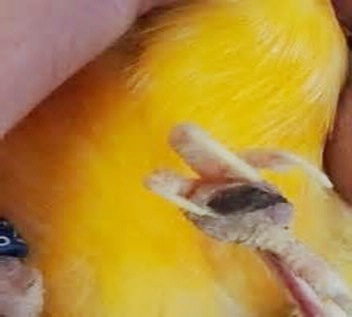
Bumblefoot generally originated from a scratch or cut from the perch or other sharp or hard surface. Splintered perches are usually a big cause, but it can be from anything that damages the foot pad. It is painful and will cause much discomfort and even hobble a bird to the state it will not use the foot and could lose it, if the infection sets in at can also kill the bird. Generally cleaning the foot well, addressing any perches or items needing cleaning and/or fixing, then applying Neosporin or bacitracin to the area until clean will clear this up. First again, soak the foot in warm soapy water and clean well, dry, and apply the ointment, and repeat as long as it takes to heal the foot. A tip followed by many for years, is to utilize a small amount of Epsom salts to the water used for cleaning, but first the cleaning, then a second bowl with the Epsom salt is used, because it will work to reduce the inflammation and sooth the foot when soaked for a short while. Sometimes in more progressed Bumblefoot cases, the same process must be followed as named for the scaly foot. The sore/bumble may be crusty or even have a yellow discharge. Do not squeeze or treat it as an abscess, but rather practice the clean and soaking until you are able to gentle assist any scabby or scaly portions off of the foot. Repeat the process or all processes as many times as required. This may take up to a month or more in severe cases. After completion follow the applying of the antibacterial ointment such as Neosporin for as long as needed, and even for a few weeks after you may think it is cleared up for safety.
Now we will transition to Gout, but one must be very careful to not get Bumblefoot and Gout confused. The first question when you see a bird favoring a foot or feet is to figure out which is which. “Is it Gout, is it Bumblefoot, or is it a simple injury. These all are valid questions and one should always try and pin point any problem, to allow for correct treatment, rather than just jump in a try what is easier for the human doing the treatment. Many events were Gout is present, some will, have the appearance of a open sore or inflamed area. Bumblefoot generally has one large sore, where Gout shows as many and an overall swelling.
Now lets move to Gout
Gout is not an infection or disease, but a serious sign of kidney dysfunction. It actually falls under a form of complex arthritis in which urate crystals accumulate in the joints, causing inflammation in the foot joints. Swelling ensues, then deformity, and then sores, these sores are what we mentioned earlier under Bumblefoot that can con-fuse. Where as Bumblefoot usually has one sore and on one foot, Gout usually will affect both feet, then Scaly Feet/legs differ from gout in that scaly feet affect the scales on the feet, gout affects the scales around the joints. Unfortu-nately unlike scaly feet and Bumblefoot gout does not have a true cure.
Now some images of Gout -
The image of the human foot was added for context. Since there have been so many advertisements on TV these days, addressing Gout in humans, we thought we’d use it as reference. Same principle and same problem ap-plies to cause and affect in both humans and avian species. There are two forms of Gout, Articular and Visceral. Ar-ticular, results from a genetic defect that causes the j=kidneys to function improperly. This may be triggered by diet, or a diet too high in protein, this has a higher percentage in cocks than hens, and does not usual present until birds reach at least the age of 4—5 months old. This usually also only affects individual birds or related line, not flocks, again, it is genetic not something that is contagious. The usual signs are swollen joints of the feet and toes, and will present in the bird favoring its feet and swaying between them, or sitting on the cage floor all together. Since articu-lar gout makes walking and perching very uncomfortable, keep the toe nails cut short, and give wider perches or resting areas to assist, and cut back on the level of protein given.
Visceral gout is more common and affects both sexes equally. Similar causes but usually lack of water intake or deprivation, excess protein in the diet, moldy feed, to high a calcium content, electrolyte excess, and over usage of antibiotics, usually in the sulfa type drugs. Some times also causing kidney stones which leads to urate to accumu-late in the kidneys and other organs. Although visceral gout does not always cause the swelling in the feet but when it does, there is almost no way to tell it from the articular form. The visceral form usually again presents and then progresses to the internal organs resulting in a gradual shut down, leading to kidney failure and death. Neither form of gout has a cure. Veterinarians usually recommend what some already practice, which is the giving of Apple Cider Vinegar in the drinking water to assist in acidifying the gut. This helps the natural stomach acid, and also encourages intake, flushing the birds system and increasing the removal or expelling of urates that may build up. Do not over do protein ever, and fresh greens, bits of apple and other such items will assist. Always give clean fresh water, and dur-ing very hot months, be vigilant to make sure your birds are drinking.
There are some great articles online dealing with one or all of the mentioned topics. Remember many of the best articles or sources of information are ones written for chickens. They all apply and are treated the same for all avian species. No mater if it’s a chicken or a canary, they are apply equally in these cases. So don’t limit your searches to canary's alone. Since much more research and thus remedies and information will be found specifically within chicken specific article and research again they apply to all birds.
Another great source again is Linda Hogan's website; canarytales.blogspot.com/ . Just copy it and paste it into your browser [or click the link], or type it in and then in the search field, type in scaly legs, mites, or general headings like those and read.
There are many products one can purchase to address any or all of the specific ailments, but again, the best course of action is allows preventative, first, curing is much harder and much more time consum-ing. It does not need to be very difficult or overwhelming, simple observation and then cleaning of individu-als as you see it necessary will save much time, and also will take vey little time if dealt with per each indi-vidual as you go about your daily routines.
Everyone should have Neosporin, Vaseline, and some good mite preventative products in their chest of preventative items. Some of the most utilized mite products are SevenDust for dusting your birds and cage areas, Avian Insect Liquidator, S76, KD Powder, simple bleach and vinegar, apple cider vinegar and way to many avian specific cleaning and mite liquid formulas on the market. As of late I did find that a product called, Permectrin II Bug Spray works great, It contains 10% Permethrin which is harmless to ani-mals and birds and can be used were direct contact does not harm. Obviously should not come in contact with their food or water, but anywhere else is ok, and it has a 30 day residual effect. Make it up in any spray container, and spray away. Works very well on nest and nest pads, let dry and you have a good bar-rier for your new little charges. This was a typical and general procedure many have used for years in re-gard to Avian Insect Liquidator, and like products to insure a safe environment/nest.
Finally in regard to gout and a specific clue that your bird is consuming to high a percentage of pro-tein is the color of their legs. A deeper red or pinkish color, along with a bird favoring their feet and legs, shows your bird is in taking to much protein, cut it back. The birds legs should be a pale salmon color not toward the red. So to conclude the picture below is of a very nice , clean and healthy set of legs and feet.
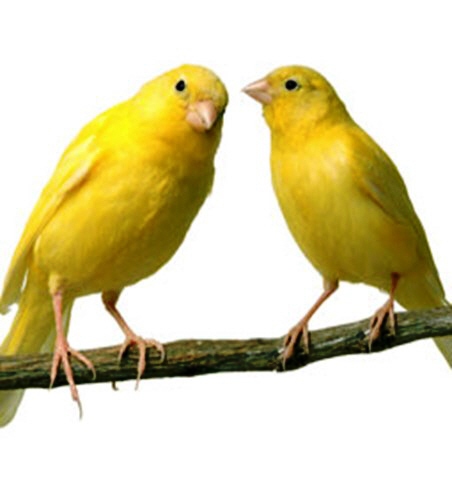 Notice the color, pale pink or salmon colored not to red. Legs and feet not completely smooth, but a normal dry appearance is good. General rule is turn your hand over and look at your palm, your birds legs and feet should be of the Same color and appearance.
Notice the color, pale pink or salmon colored not to red. Legs and feet not completely smooth, but a normal dry appearance is good. General rule is turn your hand over and look at your palm, your birds legs and feet should be of the Same color and appearance.
NOTE: The author has asked us to remind you that the information included in his article is merely from his own personal experience.
Be sure to thoroughly research your topics before acting on any bird care advice you read here or elsewhere. If you have questions about any of this information, check with your Avian Veterinarian first! ~LG.com
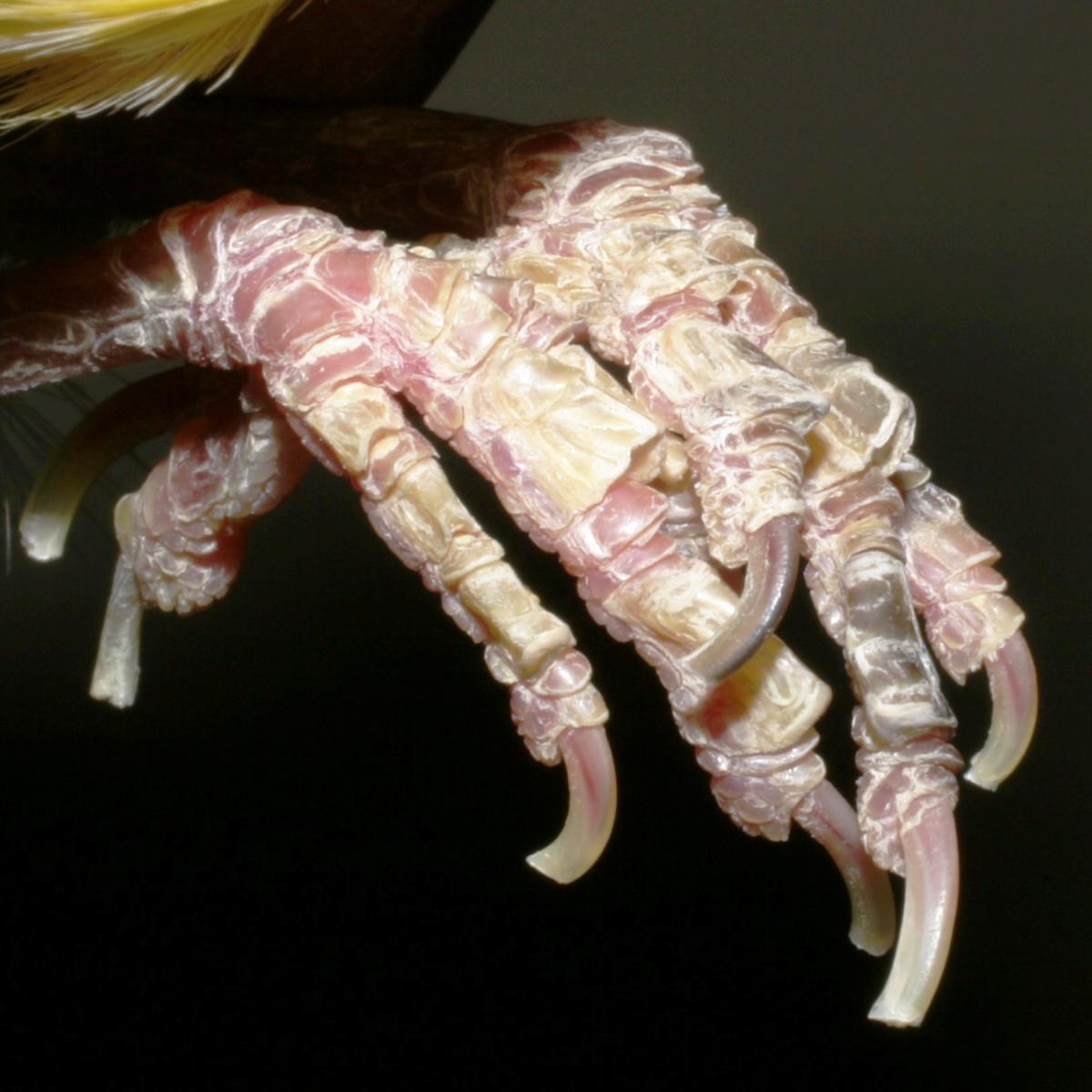
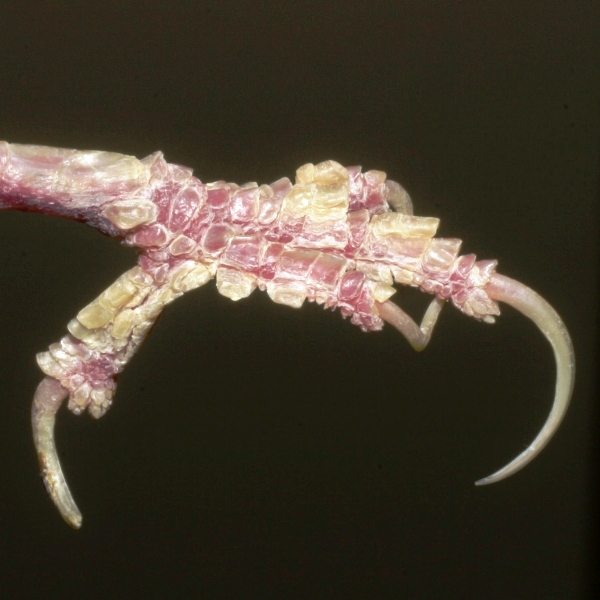
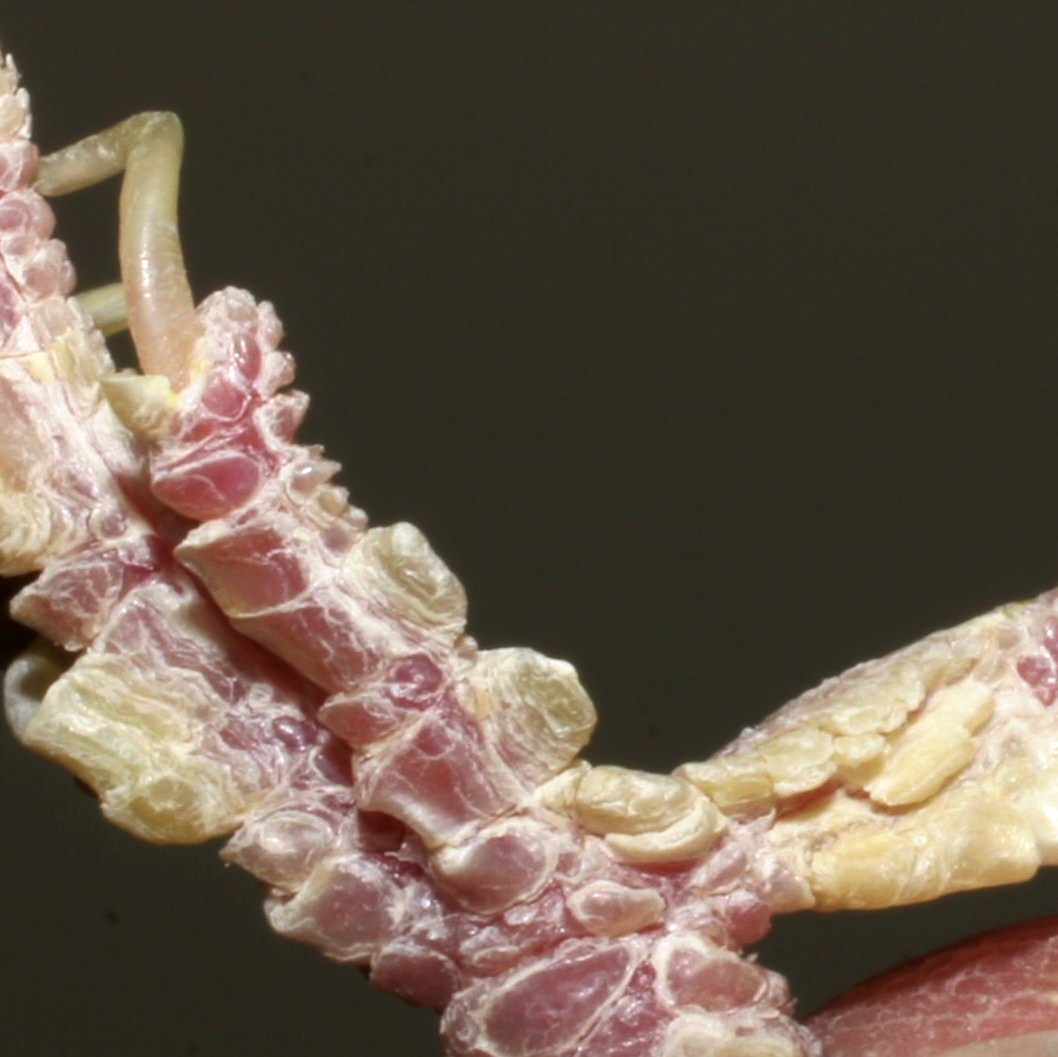
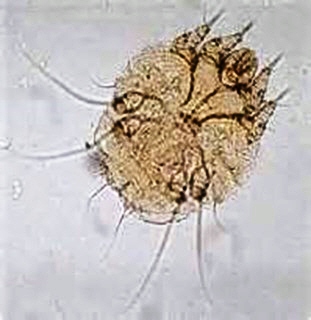
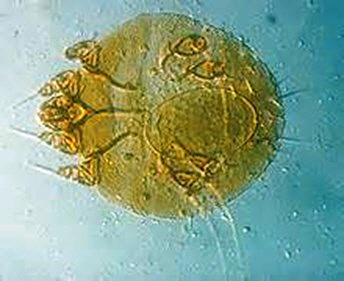
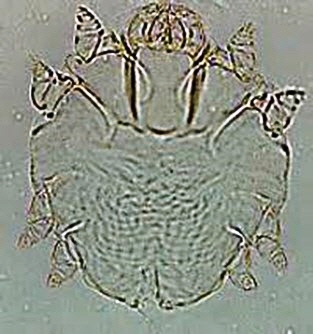


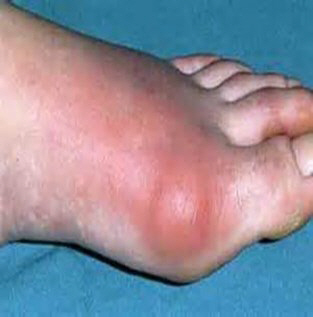
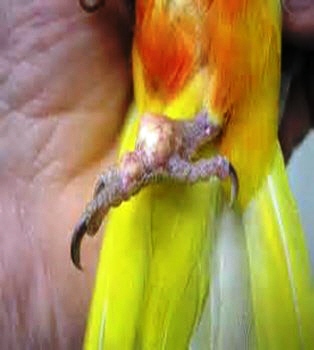
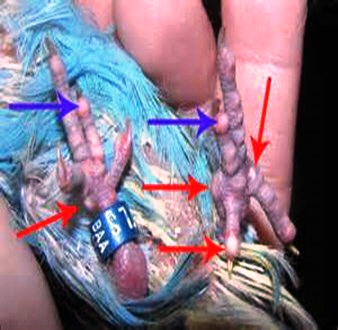
 Notice the color, pale pink or salmon colored not to red. Legs and feet not completely smooth, but a normal dry appearance is good. General rule is turn your hand over and look at your palm, your birds legs and feet should be of the Same color and appearance.
Notice the color, pale pink or salmon colored not to red. Legs and feet not completely smooth, but a normal dry appearance is good. General rule is turn your hand over and look at your palm, your birds legs and feet should be of the Same color and appearance.



